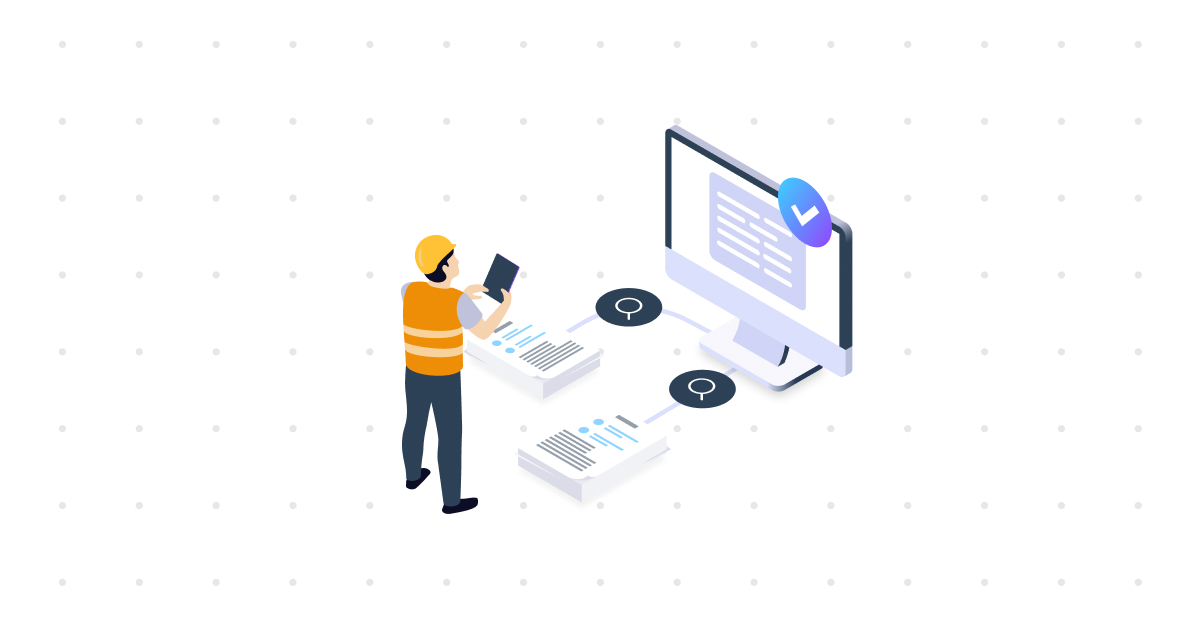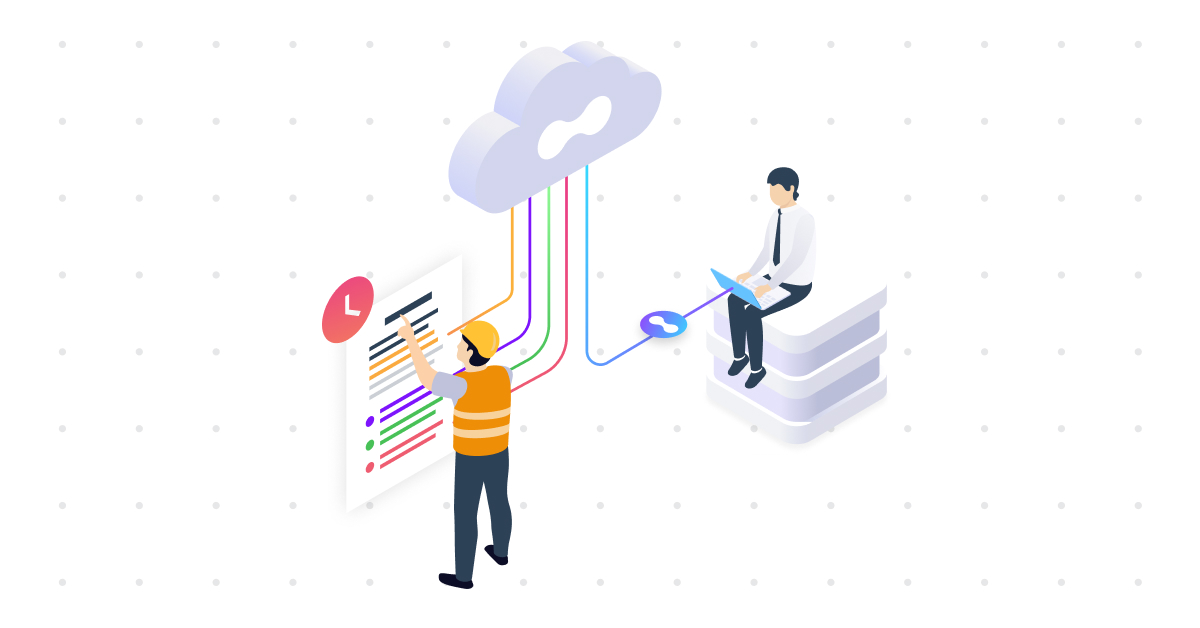The value of an Object Type Library explained
- Insight
Business success depends heavily on the ability to interpret large amounts of data and effectively use it. The first step towards this is about accessing ‘structured data’. However, since businesses and their software usually communicate as isolated islands, information is difficult to (re)use and exchange. An Object Type Library (OTL), also known as Reference Data Library (RDL) or ontology, is key to overcoming these hurdles.
An Object Type Library serves as a tool for standardizing communication. Just like dictionaries for natural languages, an Object Type Library provides a common framework for improving communication between different parties and their software systems.
However, it’s important to note that an Object Type Library can serve different purposes for its users. So the real meaning of it depends on its use. In this blog post, we break down three different examples of use:
1. Object Type Library as a dictionary to refer to
At the most basic level, for communication to work, there has to be an alignment between people. With different languages, terminology, and cultures, however, the more complex things are, the more susceptible to misinterpretation they become.
To align information in an effective way when capturing and sharing information in business, you need a list of shared definitions or dictionaries. The next step is to make it easy to engage with. By being managed in one place, user-friendly, and utilized as widely as possible, the alignment of communication is easier to achieve.
An Object Type Library then serves as a common denominator to refer to so that users (internally or for an industry) know what each other means. You can structure these dictionaries into categories for navigation and for software to derive meaning from. Using an Object Type Library for this purpose provides three benefits. It prevents humans and software applications, from misunderstanding, miscommunicating, and misinterpreting data.
2. Object Type Library for reuse of data sources
Information is always about something, but if you can’t decipher it, the value is limited. With business operations requiring multiple different pieces of information about a subject, typically, a lot of time is spent searching, comparing, and transforming data to make it useful.
Sources such as norms, standards, product catalogs, quality requirements, and guidelines are needed again and again. These should therefore be readily available upon need. An effective way of doing this is by referencing information explicitly by linking one piece to another.
With many authors of different sets of information, it can be a challenge to access the necessary information in a user-friendly, efficient way. In addition, each information set may be available in different forms, such as pdf, xls, and html, for example, each with its own versioning.
Every author creates a piece of the information puzzle, and linking these pieces explicitly is necessary to construct the overall picture that is desired for a common goal.
An Object Type Library explicitly links each piece of relevant data to another. This vastly improves the process of data gathering and transforming it to be useful.
3. Object Type Library for data exchange between businesses
When software applications use different languages, structures, and protocols, they lock information in an implicit (e.g. pdf ) or siloed manner (e.g. SQL). As a result, business operations will experience difficulty in accessing the necessary data in a user-friendly way.
Putting disorganized raw data into an application to use a specific component of it means managing all the data in that location. As this is certainly not advisable, effective communication between applications is always essential. However, there isn’t a single application that can manage all tasks or has all the functionalities because there is no common standard to operator with. That’s why we need a solution to ensure that we support the users and that the software can communicate.
Therefore, you need a common language to standardize interfaces between applications. Namely, an open standard for data exchange between software systems that is vendor-bound and accessible to all.
An Object Type Library in Open Standard Linked Data enables data to be accessible, available, and usable for any application. It works by securing a common denominator within that data exchange to standardize interfaces both technically and functionally.
How the Laces Ontology Manager can help you
Despite the growing recognition and usage of an Object Type Library, it is still commonly managed using outdated product sheets. Such reliance on old-fashioned methods, coupled with rigid data exchange standards and limited reusability, results in errors and substantial IT investments.
The Laces Ontology Manager is a flexible tool for modeling an Object Type Library for one of these purposes without the need for specific IT skills. With Laces, your Object Type Library data becomes reusable across multiple applications. Structuring this information reduces end-user errors, increases data consistency, and promotes interoperability.
With the Laces Ontology Manager you can standardize both the meaning and exchange of data, ready to use in any application. Unlike other applications, Laces offers the ability to publish in Linked Data and integrate into your data ecosystem.
If you want to discover the value of an Object Type Library, book a Laces demonstration or meet with one of our specialist.
Structure, Link, and Reclaim Control Over Requirements
In today’s complex engineering landscape, clarity is non-negotiable whether you’re working on a new satellite platform, an electric vehicle, or a regional water system. The systems we build are more complex, integrated, and dependent on data than ever before. And yet, one of the most critical ingredients for success, the specification, is still too often […]
ReadWhy You Should Use Laces to Simplify Verification and Compliance
Verification plays a critical role in industries where precision, safety, and accountability are non-negotiable, whether you’re designing infrastructure, building vehicles, or manufacturing medical devices. Yet, for many teams, managing the verification process is still a complex, manual, and error-prone task. This is where the Laces Requirements Manager comes in. It simplifies the planning and execution […]
ReadExtracting Specifications from Documents: Manual vs. NLP-Based Extraction
Extracting, interpreting, and applying specifications from technical documents, like standards, contracts, or regulations, is often a necessary but painstaking part of project or product management. Traditionally, this has been done manually, but recent advances in Natural Language Processing (NLP) have opened up new, intelligent alternatives. In this blog, we’ll explore the differences between manual and […]
Read


